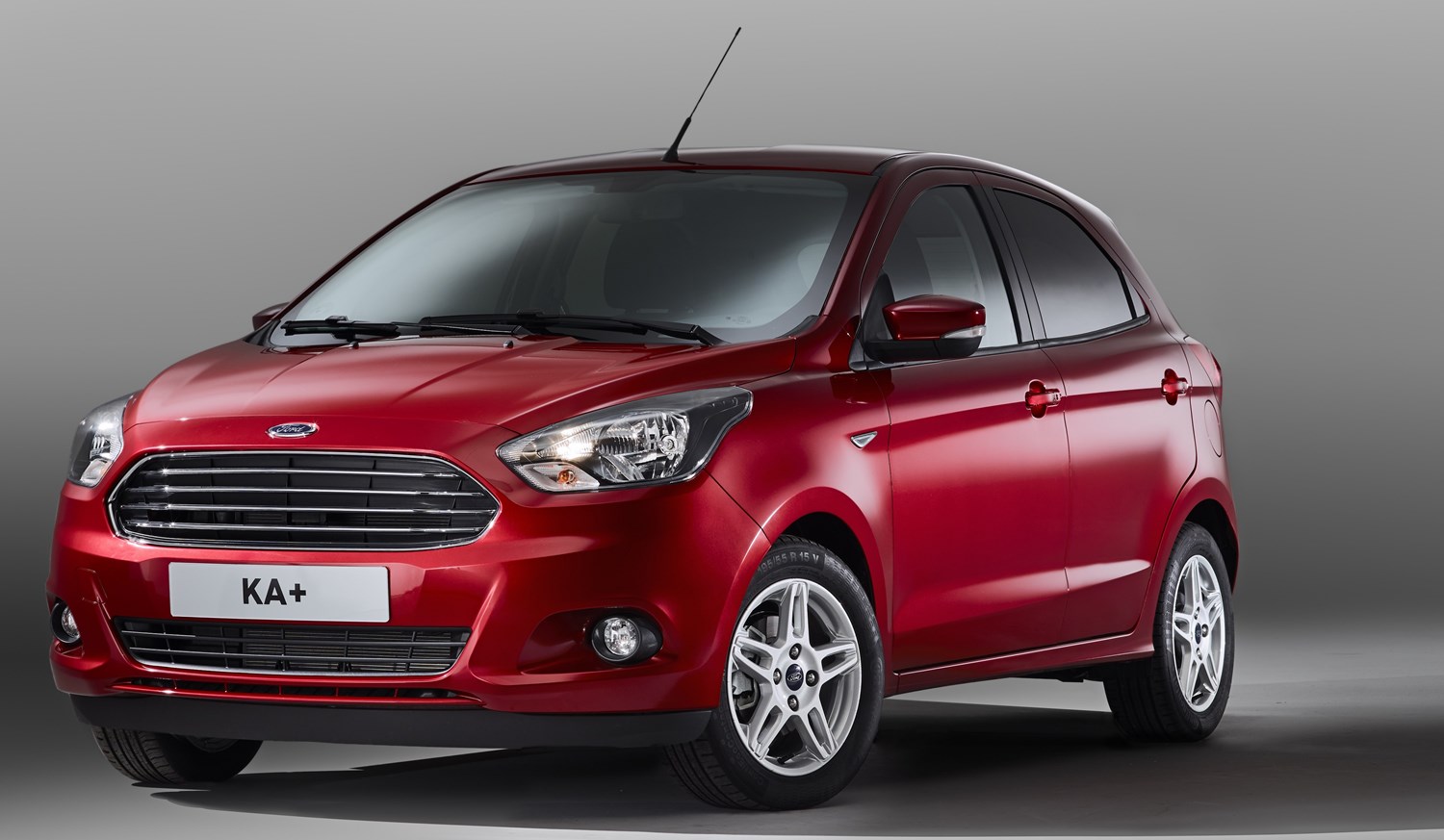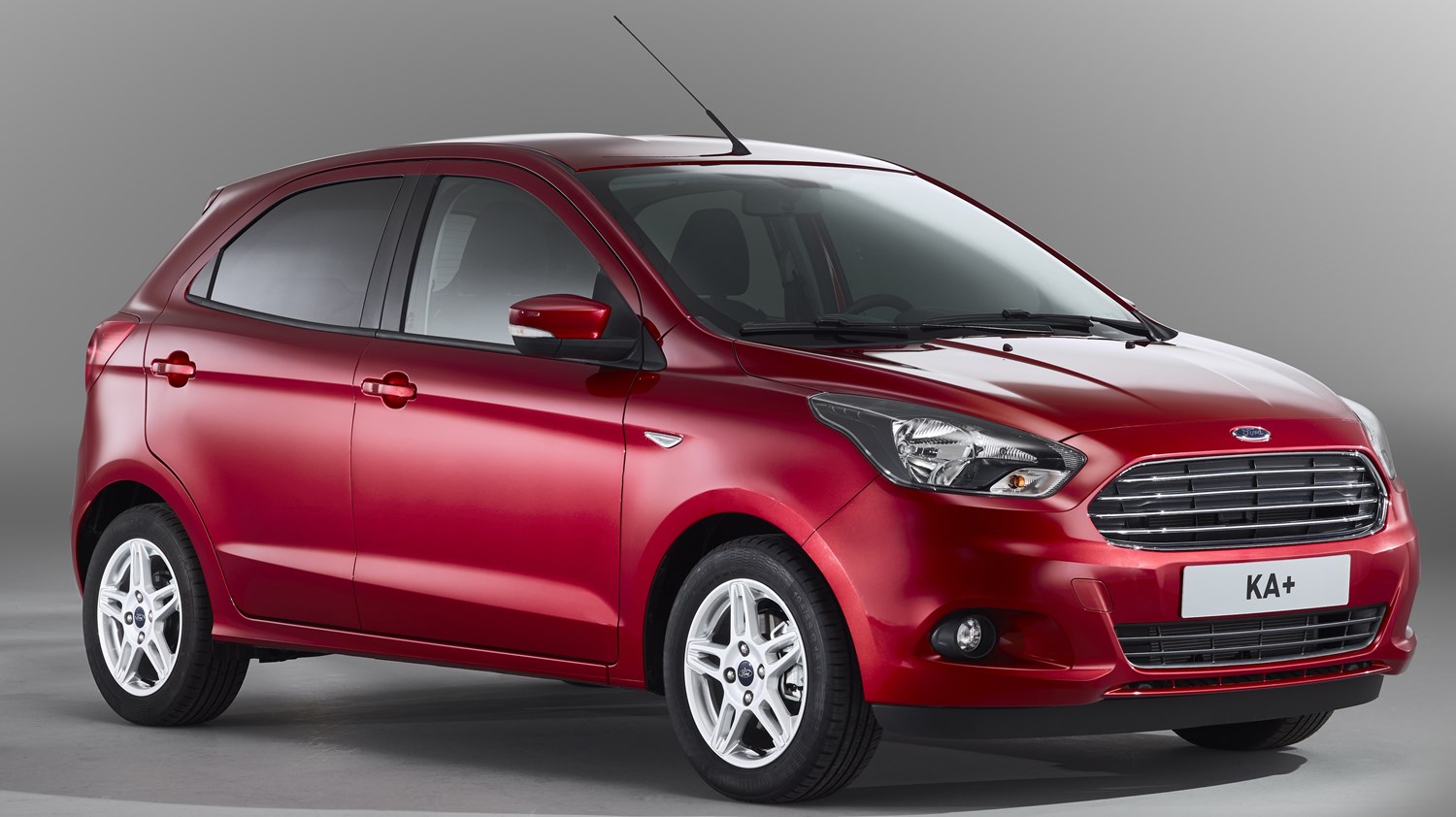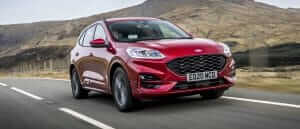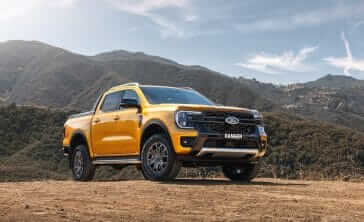Model Review
Introduced in 1996, the Ka was the most affordable and smallest model in the Ford line-up and with a forward-looking design it was a very popular model at the time and became the UK’s most popular supermini.
Later in the first generation’s life came the StreetKa two-seat convertible and the SportKa, which had sportier styling and dynamic performance.
The second generation was released in 2009 and was built on the same production line as the Fiat 500, Fiat Panda and Lancia Ypsilon, but was widely considered to be the better vehicle of the four.
In a revitalised and stylish body, it brought through the peppy character that the original model had but was again a supermini model that lacked space.
A new model, called the Ka+, was brought to the UK in 2016 that added space and took the Ka from being a supermini to sub-compact.
Latest Model
The Ka+ adds a different dimension to the Ka moniker, as it takes it from being an outright supermini that lacked space to a sub-compact with five-doors that also takes away the need for some of the Fiesta’s lower trim options.
Even as the smallest model in the Ford range, the Ka+ has a boot space only 20 litres smaller than the Fiesta and can take on its rivals for practicality and space head-on.
The front design matches the rest of the Ford range with the large grille but the rest of the car is one of the least stylish in the brand’s current line-up, which is a let-down after the trendier second generation.
Aimed towards urban and sub-urban drivers, it is clearly designed to be more practical than stylish, which to be fair to Ford it does do quite well indeed when compared to other city cars.
Value for money
As standard, the base spec Ka+ Studio comes with 15-inch steel wheels, AM/FM radio, Bluetooth and USB connectivity, AUX port, electric front windows, hill start assist and the MyFord Dock – which allows you to charge and use your phone as a hands-free media system and satellite navigation system.
This is a fair amount of kit for a city car and does reasonably well when compared to other sub-compacts. Priced at £9,545, it is competitively priced, but as the model’s release was so recent, you will find it almost impossible to find one in a higher spec at a cheaper price.
The second generation Ka didn’t have many high-tech features, but if you’re looking for a cheap and cheerful run-around that is fun to drive and is easy to nip about in then there aren’t many that do the job as well as the second-gen Ka. One version that is not well known but certainly looks the part is the Grand Prix III, which adds a spoiler, black alloys and rear privacy glass, giving it a meaner look and feel.
Although the equipment may be very similar, it looks much better than the Ka+ and will be more fun to own. One example is available for £7,590, has only 6,000 miles on the odometer and comes in excellent condition.
Looks and image
Unfortunately for Ford, the Ka+ won’t be winning design awards any time soon as it is one of the blandest and least impressive looking vehicles currently on sale. It’s difficult to see how they could go from the stylish second generation model to a car that looks so dull, but it is clear that Ford has aimed for practicality rather than aesthetics. It is of course longer than the former Ka and is now much closer to the Fiesta in size and function.
The boring body does, however, cover a very capable chassis and fun driving setup that will give keen drivers something to dig their teeth into. As with most Fords nowadays it handles and rides superbly, with the light but direct steering giving you confidence through the corners and the well-balanced suspension setup giving comfort and control in equal amounts. Although the car does suffer from some body roll when cornering, the dampers soften the process so that it is less noticeable than you would think. This excellent ride does reveal quite a major flaw with the Ka+ and its under-powered engines.
Although the car does suffer from some body roll when cornering, the dampers soften the process so that it is less noticeable than you would think. This excellent ride does reveal quite a major flaw with the Ka+ and its under-powered engines. Both petrol engines let down the excellent driving feel, as they have to work really hard to get you anywhere.
One thing you can’t expect from the Ka+ though is luxury and in either trim level the interior feel is unrefined and scratchy plastics dominate the dashboard and central console.
The ride and seating comfort, however, is very good considering the price of the car and the cabin space allows taller passengers to travel without a little discomfort. The suspension soaks up plenty of the road’s bumps and it works well in most environments, with motorways not out of its comfort zone.
Space and practicality
As it’s been extended to allow for more rear passenger space and luggage space, the Ka+ is certainly much more functional than the previous two generations and has been modelled as a mini Fiesta.
Coming with just 20 litres less boot area than the Fiesta at 270 litres, the Ka+ is smartly packaged and if you need the extra storage, the 60/40 split rear seats can help give you that. The bay won’t be completely flat but can help offer 849 litres. Plenty of storage bins and options are available throughout making the Ka+ quite functional.
Something that might bring the Ka+ down in customers’ eyes is its three-star Euro NCAP rating, with a 73 per cent adult safety rating, 61 per cent child occupant score and a pedestrian rating of 57 per cent.
The mark that lets the model down is the safety assist systems, which were rated at 29 per cent – well down on some of its rivals. It comes with hill start assist, six airbags and emergency assistance system as standard.
Coming with Isofix points for child seats and enough space in the back for children, the Ka+ could be a good starter family car due to the storage space in the rear and comfortable ride. However, the poor safety standard could turn families away. Low running costs and rugged interior could swing it in the Ka+’s favour though.
Engines
The engine lineup is quite weak for the Ka+ as there are only two options available – both derived from the same 1.2-litre Ti-VCT petrol engine. With 70bhp and 85bhp options, neither of the pair perform at a great level when they’re needed to. Although both work well in and around town, only the 85bhp can really work out of it but it still has to be worked hard. It detracts from the overall driving experience and both take well over 13 seconds to get to 60mph.
Running costs
Despite its size and lightweight stature, the 56mpg return for both engines is quite poor when compared to its rivals, with the VW Polo offering at least 60mpg for the standard models and over 80mpg with the BlueMotion version. The 114g/km CO2 is also disappointing and that means road tax is set at £140 per year. Due to its size and simplicity, insurance groups are very low, with the base ‘Studio’ spec in group 1, while the top Zetec trim is in group 5.
Things to look out for
Although few recalls have been given to the Ford Ka, there have always been questions about the model’s reliability. The first generation suffered from problems with the ABS and front brakes, while the Mk 2 had issues with the rear brakes and the driver seatbelt securing. All of these were simple to fix, but problems could yet appear on the new model.
Rivals
The Ka+ is a weird proposition as it fits in between the supermini and the sub-compact sectors. It will be competing against the Volkswagen Up, Skoda Citigo and Hyundai i10 from the supermini sector and sub-compacts like the Volkswagen Polo, Hyundai i20 and Vauxhall Viva. It may struggle against many of them due to its odd styling – which many superminis can beat – and reduced practicality when compared to sub-compacts.
Depreciation warning
Unfortunately for Ka owners, the second generation model did suffer on the used market due to its strangely high starting price and high volume sales and that brought residual values down an awful lot. For Ka+ owners it will perform admirably after three years on the road, with the Zetec model coming off slightly worse than the base Studio model, but expect both to retain roughly 40 per cent of their value.





